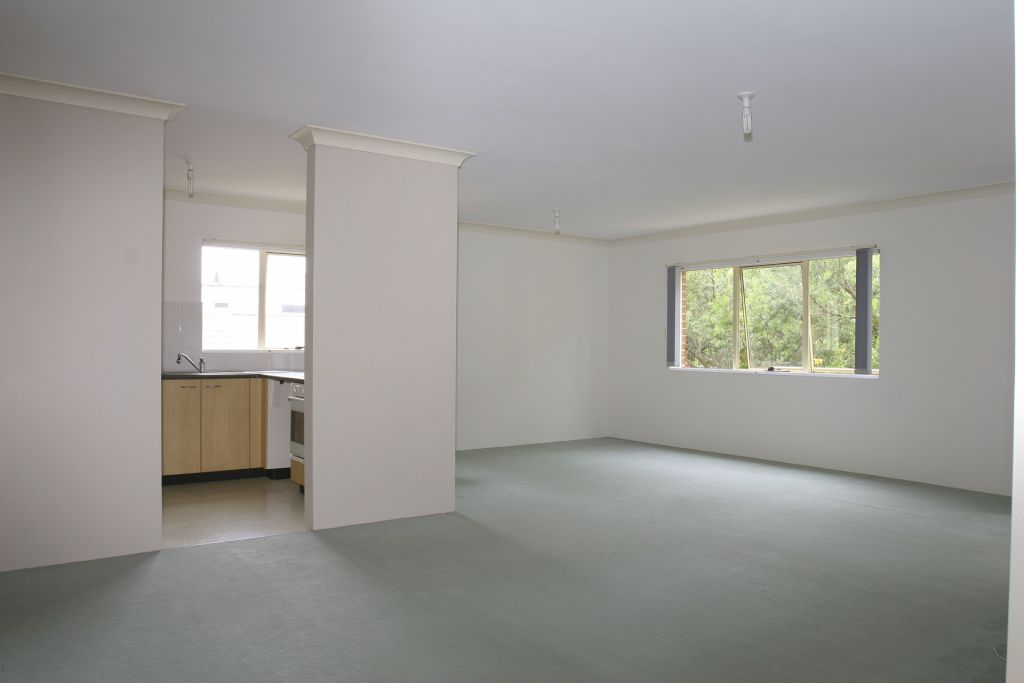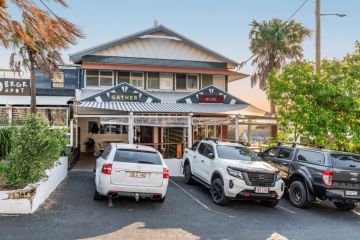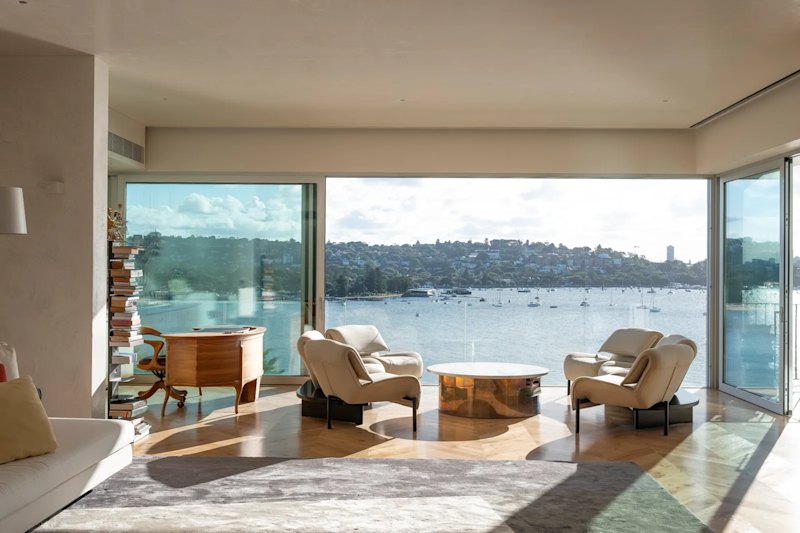How to reduce the risk of vacancy

Meet the market on price
“A property simply won’t appeal to tenants if it’s priced too high,” says Tegan Murphy, residential property manager at Melbourne’s Wilson Agents.
“Even reducing the rent by just $5 per week can be the difference between letting your property and having it sit vacant.”
“Five dollars per week won’t make much of a dent in the overall annual cost of owning a rental property; yet, if the property sits vacant, the cost to the landlord can be significant because each week that passes is another week in lost rental income.”
Maintain your property in reasonable condition
“Try to view your property through the eyes of a prospective tenant. Having blinds replaced or having the interior painted can make a huge difference, and this kind of improvement isn’t expensive.”
Murphy says a fresh coat of white paint is always her top recommendation to landlords because it makes any interior look bright and inviting. She also says replacing carpets is a good way to appeal to prospective tenants.
Other cost-effective improvements include replacing kitchen cupboard doors, installing a new shower curtain or replacing worn out lino.
Let it fast
Murphy says properties that don’t let within the first two weeks are at risk of sitting vacant for longer periods.
“Interest in a property peaks within the first day or two of it being listed. That’s when you get the most enquiries and you really want to see the property let within the first fortnight.”
“As time goes by, a property listing slips further and further down the search results on real estate websites, as newer properties come onto the market,” explains Murphy.
“As your property moves down the list, prospective tenants assume there’s something wrong with it and no one wants to live in it. Many people won’t even see the listing, as lots of tenants don’t search past the third or fourth page of online results.”
Don’t advertise too early
While it may be tempting to advertise your property for lease as soon as the current tenant gives notice, Murphy says this is a mistake.
“Don’t advertise the property until you can legally gain access to it, you’ve organised a mutually convenient inspection time with the outgoing tenant and you know that it’s clean and tidy.”
“As soon as people see it advertised, they want to view it. They don’t want to wait. Ideally, you get a good number of people through in the first couple of opens, and sign up a new tenant to move in the day after the previous person moves out.”
Timing is everything
Murphy says December is often a quiet time for the rental property market.
“When we let properties in December, we sign the tenant up to a 13-month lease, so if they vacate at the end of the lease, it’s in January, which is much busier.”
“You don’t want to fall into a cycle of having to find a new tenant every December because you run the risk of it being vacant over the very quiet weeks around Christmas.”
Make it easy
If your rental property has a garden, you can attract and retain a tenant by including basic gardening as part of the rent.
“If you pay for someone to come and mow the lawn, you keep your tenant happy and the win for you is that the garden doesn’t end up an overgrown eyesore that’s costly to bring back under control.”
Keep a good tenant
A sure-fire way to avoid rental vacancy is to hang onto your tenant. Murphy says it’s worth trying to keep a good tenant, even if it means forgoing a rental increase.
“The cost of re-letting a property can quickly soak up the increased income generated by a small rent rise. If you have a good tenant in place, consider keeping the rent at the same level in the hope that they will stay.”
No one wants their rental property to sit vacant. Top tips to avoid rental vacancy include maintaining your property in good condition and taking a strategic approach to advertising and leasing.
We recommend
We thought you might like
States
Capital Cities
Capital Cities - Rentals
Popular Areas
Allhomes
More







